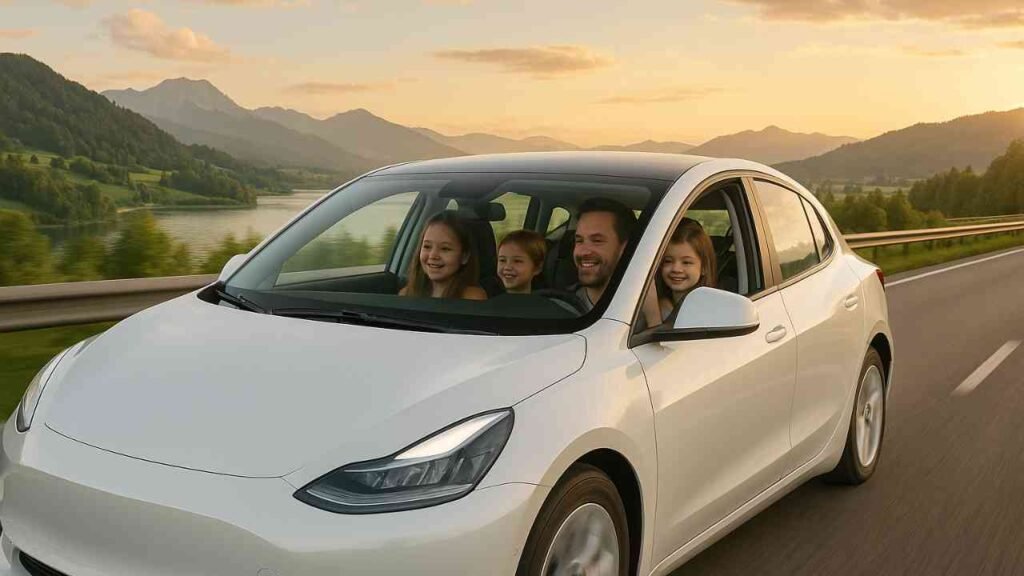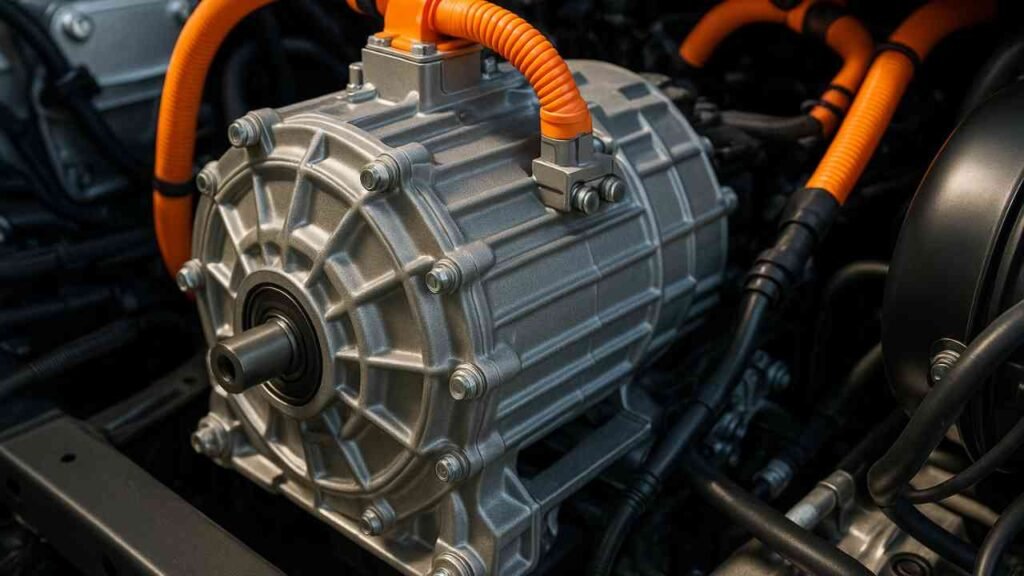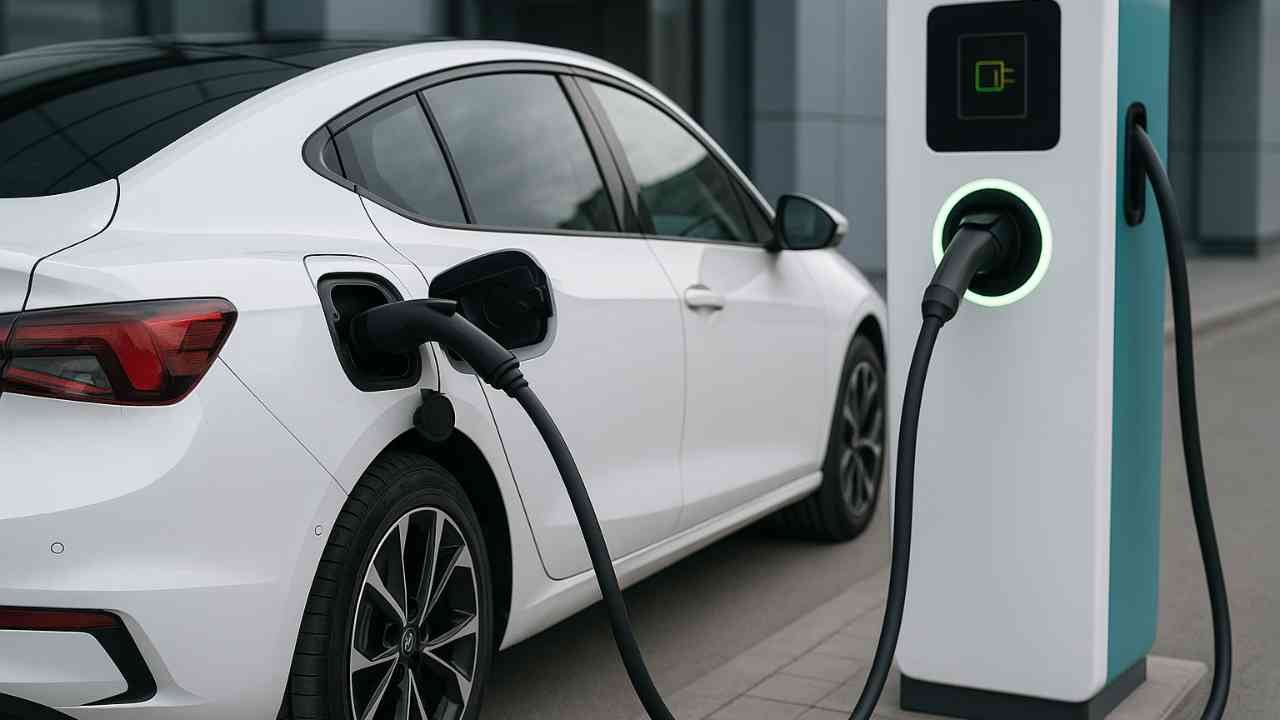How Electric Cars Work: The Future of Sustainable Driving
Electric cars (EVs) are quickly becoming a popular choice for consumers worldwide, as the automotive industry shifts towards sustainability and clean energy. But how exactly do these cars work, and what makes them different from traditional gasoline-powered vehicles?
In this article, we’ll explain the fundamental technology behind electric cars, the key components that make them run, and the benefits they offer for both the environment and your wallet.
The Basics of Electric Cars

Electric cars operate differently from traditional vehicles that run on internal combustion engines (ICE). Instead of burning fuel, electric cars use electricity stored in batteries to power electric motors that turn the wheels.
Here’s a quick breakdown of how it works:
- Battery: The core component of an electric car is its battery, typically made from lithium-ion cells. These batteries store electrical energy and supply it to the motor.
- Electric Motor: The motor uses the electricity from the battery to generate movement. Unlike an internal combustion engine, an electric motor doesn’t have to burn fuel to create power.
- Controller: The controller regulates the amount of power sent to the motor based on input from the accelerator pedal. The more you press the pedal, the more electricity flows to the motor, increasing speed.
- Regenerative Braking: When the car slows down, the electric motor acts as a generator, converting some of the car’s kinetic energy back into electricity to recharge the battery.
Key Components of Electric Cars
Electric cars are composed of several unique parts that work together to create a smooth and energy-efficient driving experience:
The Battery Pack
The battery pack is the most crucial part of an EV, often accounting for a large portion of its cost. In modern electric cars, batteries can range in size from 20 to 100 kWh, depending on the model and the driving range. The larger the battery, the longer the car can travel on a single charge.
Electric Motor

Instead of a traditional engine, electric cars are powered by one or more electric motors. These motors are much simpler than combustion engines and have fewer moving parts. This results in a smoother and quieter ride, with less wear and tear.
Power Electronics and Controller
Power electronics control the flow of electricity between the battery and the motor. The controller also manages the regenerative braking system, ensuring that energy is properly recaptured and stored back into the battery.
Charging System
The charging system is what allows you to recharge your electric vehicle. There are three main types of charging:
- Level 1 Charging: Uses a standard household outlet (slowest method).
- Level 2 Charging: Typically found in homes and public charging stations (faster than Level 1).
- DC Fast Charging: Found at high-speed charging stations, providing the quickest recharge time.
Advantages of Electric Cars
Electric cars offer several benefits over traditional gasoline-powered vehicles, especially when it comes to sustainability, cost savings, and performance.
Environmental Benefits
Electric vehicles produce zero tailpipe emissions, making them much more eco-friendly than traditional cars. They help reduce air pollution and dependence on fossil fuels, contributing to a cleaner, healthier environment.
Lower Operating Costs
Although the upfront cost of an EV can be higher than a traditional vehicle, electric cars are cheaper to maintain in the long run. With fewer moving parts and no need for oil changes, EVs have lower maintenance costs. Additionally, the cost of electricity is generally less than gasoline, making EVs more affordable to run on a daily basis.
Quiet and Smooth Ride
Electric motors deliver power smoothly and quietly, eliminating the noise and vibrations common in traditional combustion engines. This leads to a more comfortable and enjoyable driving experience.
Challenges and Considerations
While electric cars offer many advantages, there are also some challenges and considerations to keep in mind:
Limited Range
Despite advancements in battery technology, many electric cars still have a limited range compared to gasoline-powered vehicles. However, this is improving, with new models offering ranges of over 300 miles per charge.
Charging Infrastructure
While charging stations are becoming more widespread, there is still a lack of charging infrastructure in certain areas, especially in rural locations. However, as the demand for electric vehicles increases, more charging stations are being installed across the country.
Initial Cost
The initial cost of an electric car can be higher than a traditional car, though this is often offset by lower operating costs over time. Additionally, government incentives and tax credits are available to reduce the initial purchase price.
Conclusion: The Future of Electric Cars
Electric cars are a critical component of the future of sustainable transportation. As battery technology improves and charging infrastructure expands, the adoption of electric vehicles will continue to rise. Not only do they offer environmental benefits, but they also provide a cost-effective, quiet, and smooth driving experience.
As we move towards a greener future, electric cars are set to revolutionize the automotive industry, reducing our carbon footprint and offering a cleaner, quieter way to travel.
